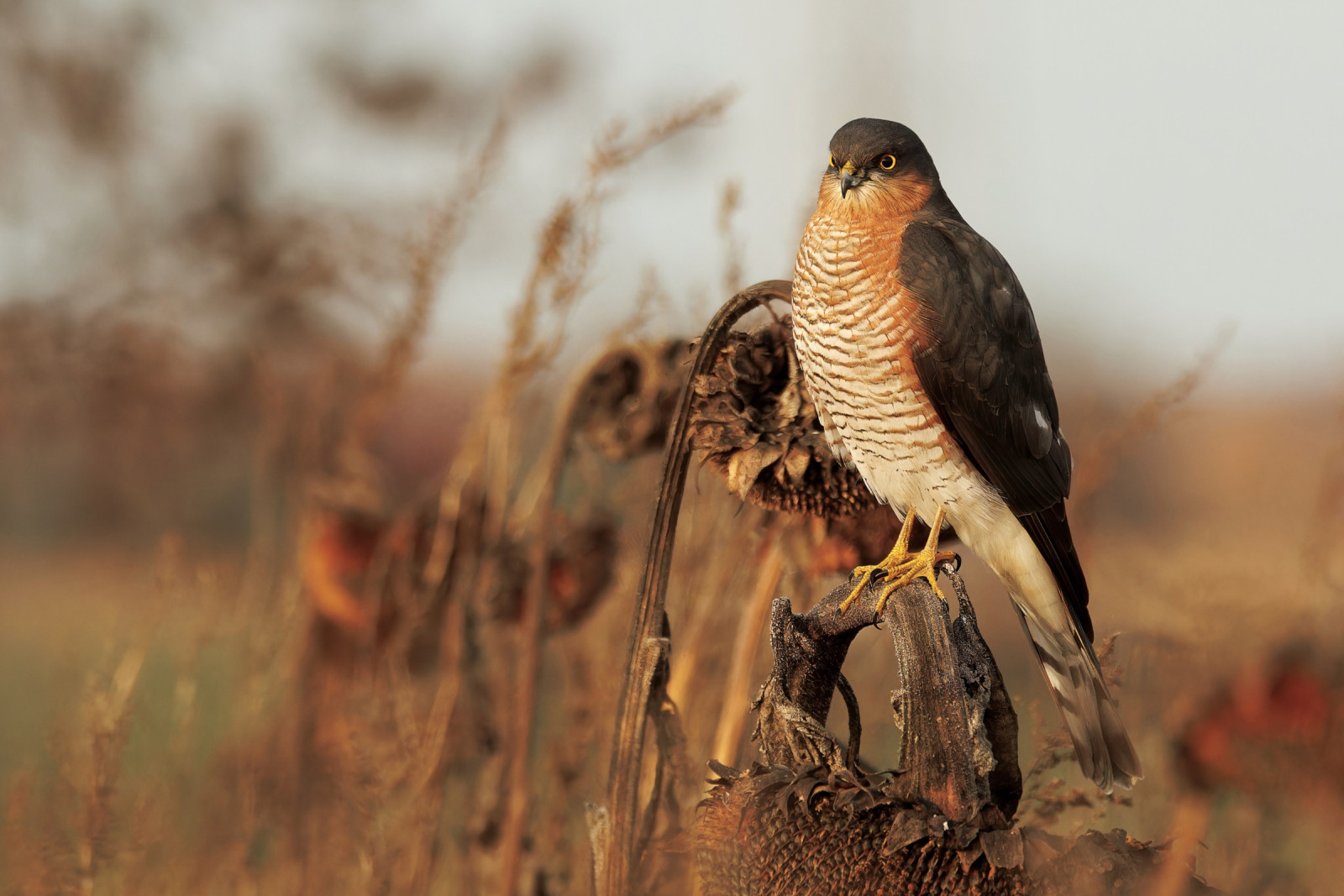Descripción
Greena Moor NR (formerly Creddacott Meadows) is a Cornwall Wildlife Trust reserve, the moor comprises of Culm Grassland, the rarest type of habitat in the United Kingdom, because of the underlying strata the grassland here very rarely dries out even in the hottest of summers, because of this suitable footwear is advised.
A visit during Summer (May-August) is best, the grassland is full of flowering plants at that time. Some flowering plants to be found are Wavy St-John's-Wort (Hypericum undulatum), Three-Lobed Crowfoot (Ranunculus tripartite), Devil's-Bit Scabious (Scabious pratensis), Petty Whin (Genista anglica), Whorled Caraway (Carem verticillatum), Ragged Robin (Silence flos-cuculi), Purple Ling (Calluna vulgaris), Fen Bedstraw (Gallium uliginosum), Betony (Betonica officinal is), Cuckoo Flower (Cardamine pratensis), Marsh Marigold (Caltha palustris), Meadow Thistle (Circium dissectum), the surrounds of the reserve have Alder (Alnus), Willow (Salix) and Hawthorn (Crataegus) trees.
Butterflies and Moths (Lepidoptera) include Marsh Fritillary ( Euphydryus aurinia), Marbled White (Melanargia galathea), Narrow-Bordered Five Spot Burnet (Zygaena longicerae), Six Spot Burnet (Zygaena filipendulae).
If you visit early in the day you can sometimes disturb Roe Deer (Capreolus capreolus) feeding on the grassland, Otter (Lutra lutra) move through the reserve, mostly at night, only leaving their footprints in the muddy areas made by the onsite livestock, early mornings and evenings may produce hunting Lechuza Común. Agachadiza común feed on the moor during Summer, as usual rising noisily when you get too close. Búho Campestre used to breed on the moor many years ago, unfortunately they are no longer seen today. The road near the parking spot is worth checking for Passerines.
This is one of those important 'pocket handkerchief' type of reserves, a visit here when the grassland is in full flower will live long in the memory.
Detalles
Accesso
The A39 (Atlantic Highway) runs South West from the town of Bude. Approximately 4 miles from Bude turn East at a large crossroads on the edge of the village of Treskinnick Cross, signed Week St Mary, continue on this increasingly narrowing winding road, at next junction turn Right signed Week St Mary. In village of Week St Mary turn Right signed Canworthy Water/Launceston, continue and whilst still in the village turn Right at sign Canworthy Water. Continue on this now slightly wider road, the parking place (note Greena Moor Reserve sign on gate) is on a straight piece of road, park near gate (DO NOT BLOCK).
Terreno y habitat
Árboles y arbustos dispersos , Pradera , Brezales , AgriculturaCondiciones
Plano , Pantanoso , Resbaladizo , Paisaje abiertoCamino circular
No¿Se necesita telescopio?
Puede ser útilBuena época para el avistamiento de aves
VeranoMejor momento para visitar
Migración de otoño , Migración de primavera , VeranoRuta
Camino estrechoCamino difícil de andar
Caminata mediaAccesible vía
A pie , Bicicleta , CocheEscondite de observación / plataforma
NoInformación extra
As already mentioned the reserve has livestock, they are only removed during wet weather during the Winter to protect the habitat. Please keep to trackways and well worn paths to reduce disturbance to birds.

